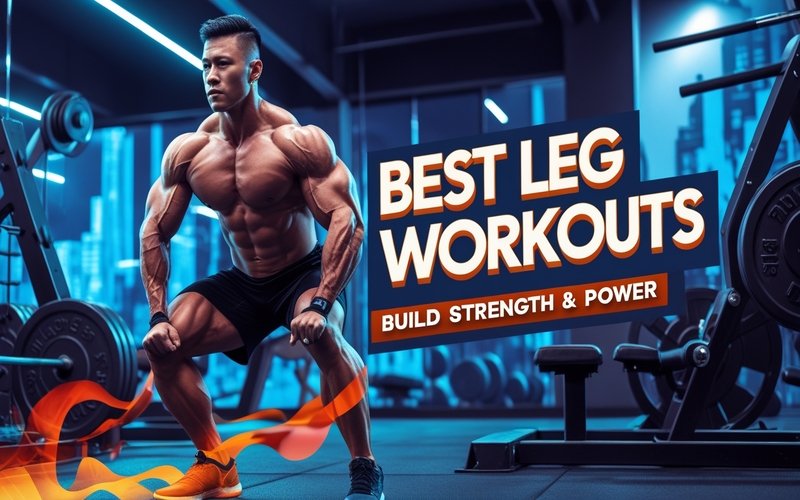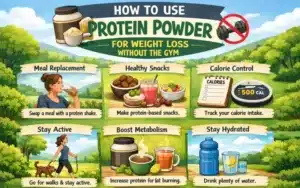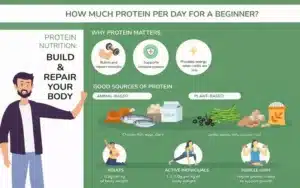No products in the cart.
Return To ShopBest Leg Workouts at the Gym | Build Strength & Power
Introduction
Leg day—the most dreaded yet crucial part of any gym routine. While some might be tempted to skip it in favor of upper-body training, neglecting your legs is a grave mistake. Strong legs are the foundation of overall strength, balance, and athleticism.
Your lower body houses some of the largest muscle groups, including the quadriceps, hamstrings, and glutes, which play a pivotal role in functional movement and power.
Building strong legs improves posture, reduces the risk of injury, and enhances performance in sports and daily activities. Plus, heavy leg exercises stimulate a massive release of growth hormones, benefiting your entire physique. If you want a well-rounded, powerful, and aesthetically balanced body, committing to leg day is non-negotiable.
Best Leg Exercises for Strength and Growth
No leg day is complete without squats. Whether you opt for back squats, front squats, or goblet squats, this compound movement targets your quads, hamstrings, glutes, and core. Squats not only build muscle but also enhance mobility, balance, and overall strength. Keep your form in check—feet shoulder-width apart, core engaged, and depth at least parallel to the ground.
Deadlifts: Power and Posterior Chain Development
Deadlifts are a powerhouse movement that primarily strengthens the posterior chain—glutes, hamstrings, and lower back. Conventional, sumo, or Romanian deadlifts each have their unique benefits. Proper execution is key to preventing injury, so maintain a strong back and engage your core throughout the lift.
Leg Press: Building Quads and Glutes
The leg press machine allows for heavy loads without spinal strain, making it a great alternative to squats. Adjust foot positioning to target different muscles—feet higher for glutes and hamstrings, feet lower for quads. Control the movement to maximize tension rather than letting the weight dictate the motion.
Lunges: Balance, Coordination, and Definition
Lunges challenge your stability, coordination, and muscular endurance. Whether performed with dumbbells or a barbell, lunges torch the quads, hamstrings, and glutes. Forward, reverse, and walking lunges each provide unique benefits. Keep your torso upright and take controlled steps to prevent knee strain.
Calf Raises: Strengthening the Foundation
Your calves endure daily stress, yet they are often the most neglected muscle group. Standing and seated calf raises help develop strength and endurance in the lower legs, improving ankle stability and athletic performance. Vary your foot positioning (toes in, out, and neutral) to hit different parts of the calf muscles.
Crafting the Perfect Leg Day Routine
Jumping straight into heavy weights is a recipe for injury. Begin with dynamic stretches like leg swings, bodyweight squats, and lunges to activate your muscles. Incorporating light cardio, such as five minutes on a stationary bike, increases blood flow and primes your joints for movement.
Exercise Selection and Rep Ranges
A well-structured leg day should include a mix of compound and isolation exercises. Aim for 3-5 sets per exercise, adjusting rep ranges based on your goals:
- Strength & Power: 4-6 reps (heavier weights)
- Muscle Growth (Hypertrophy): 8-12 reps (moderate weight, controlled reps)
- Endurance & Definition: 12-20 reps (lighter weight, high volume)
The Importance of Progressive Overload
Your muscles won’t grow if you lift the same weights every session. Progressive overload—gradually increasing resistance, reps, or intensity—forces adaptation and growth. Track your lifts, challenge yourself, and don’t shy away from pushing heavier loads when ready.
Cooling Down and Stretching
Skipping a cool-down is a mistake many make. After a grueling leg session, static stretching and foam rolling help reduce soreness and improve flexibility. Hold stretches for at least 30 seconds, focusing on your quads, hamstrings, calves, and hip flexors.
Common Mistakes to Avoid in Leg Training
Lifting heavy is great, but sacrificing form for numbers leads to injuries. Squatting half-depth, rounding your back on deadlifts, or locking your knees on the leg press can all cause serious damage. Prioritize controlled movements and proper biomechanics over ego-driven lifts.
Neglecting Hamstrings and Calves
Many gym-goers focus solely on quads, forgetting about the posterior chain. Weak hamstrings lead to imbalances, affecting knee stability and overall strength. Likewise, underdeveloped calves impact ankle mobility and aesthetics. Balance is key—train all leg muscles equally.
Overtraining Without Proper Recovery
Your legs need time to repair and grow. Training them excessively without adequate rest hinders progress and increases injury risk. Stick to 1-2 intense leg days per week, ensuring sufficient sleep, hydration, and proper nutrition for recovery.
Supplements to Boost Leg Day Performance and Recovery
Post-workout protein is crucial for muscle repair and growth. Whey protein or plant-based alternatives provide essential amino acids to support recovery. Aim for at least 20-30g of protein post-workout.
Creatine for Strength and Endurance
Creatine monohydrate is one of the most researched supplements for strength and performance. It enhances ATP production, allowing you to push harder and lift heavier. A daily dose of 3-5g can significantly improve leg day performance.
Pre-Workout for Energy and Focus
A good pre-workout supplement containing caffeine, beta-alanine, and nitric oxide boosters can enhance focus, endurance, and blood flow. If you struggle with energy levels, a quality pre-workout can provide the necessary edge.
BCAAs for Recovery and Muscle Preservation
Branched-chain amino acids (BCAAs) aid in muscle recovery, reducing soreness and preventing catabolism. Sipping on BCAAs during or after your workout helps maintain muscle integrity and speeds up healing.
Final Thoughts
Leg day isn’t just another gym session—it’s a pillar of true strength and physique development. By incorporating the right exercises, maintaining good form, and fueling your body with proper nutrition, you’ll build powerful, well-defined legs that support overall fitness. Stay consistent, challenge yourself, and never skip leg day—it’s worth it.









Add comment
You must be logged in to post a comment.